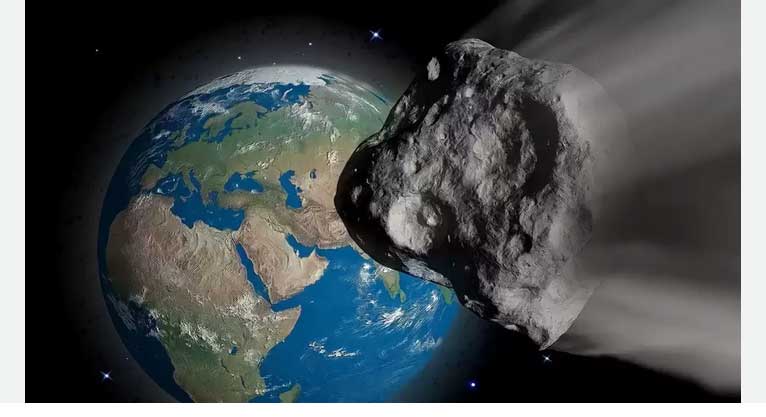NASA scientists have published five papers in the journal Nature detailing the success of crashing an aircraft into an asteroid to deter its course. On September 26, 2022, NASA drove the Double Asteroid Redirection Test (DART) aircraft into an asteroid named Dimorphos to change its course.

The purpose of the exercise was to test the capability of NASA to deflect the course of an asteroid heading straight to Earth. It is estimated that in the rare event that a big asteroid is in a direct collision with Earth – crashing into Earth may cause a massive catastrophe that may include massive loss of lives and destruction of our Earth.
So NASA drove a spacecraft weighing 1,300 pounds at a speed of 14,000 mph against Dimorphos, a small asteroid orbiting a larger one named Didymos. With the help of the Hubble Space Telescope, NASA discovered that DART did not only crash into Dimorphos to change its course, but the crash also split off more than 1,000 tons of rocks and debris from the asteroid.
“We’ve never witnessed an object collide with an asteroid in a binary asteroid system before in real-time, and it’s really surprising,” said Jian-Yang Li, who led a study. “Too much stuff is going on here. It’s going to take some time to figure out. When I first saw these images, I couldn’t believe these features. I thought maybe the image was smeared or something.”
Using ground-based telescopes, NASA scientists found that DART’s impact against Dimorphos sent debris flying away over 4 mph, fast enough to break the gravitational pull of the asteroid. The crash reduced the orbit of Dimorphos against Didymos by 32-33 minutes, compared with the estimated 10 minutes that the scientists had expected. Meanwhile, Dimorphos is about 560 feet across.
Given the success of the mission and the assurance that NASA can deflect an asteroid shooting straight at our Earth, the federal space agency said the crater created by DART in Dimorphos will be studied in detail in 2026 when the European Space Agency’s Hera spacecraft goes close for an intimate examination.
In the words of NASA administrator Bill Nelson, “NASA is trying to be ready for whatever the universe throws at us.”
